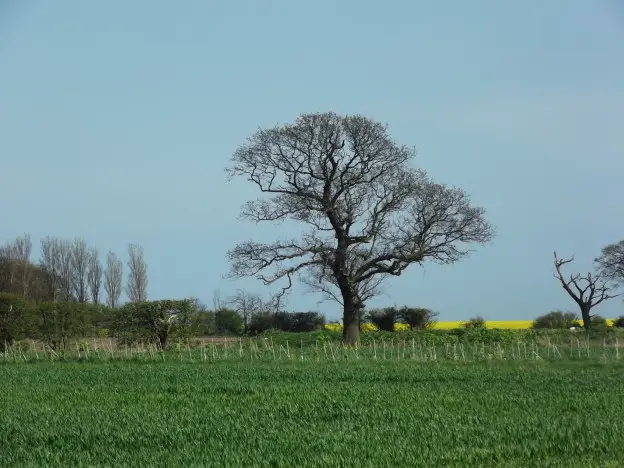I have always tried to keep my carbon footprint light. When I was a greengrocer I tried to source my produce locally and where ever possible from an organic farm/smallholding. So it stands to reason that now I am growing my own, I strive to grow organically. If you consider my shed, it was constructed from second hand or scrap materials. My nets to deter butterfly infestation are made from old scaffolding netting. The supports for the netting are made from parts of an old trampoline base and the rest are from the tubular posts from plastic greenhouses that were to be scrapped.
I don’t use any chemicals on my crops at all apart from H2O (water). As for weeds I use a hoe or if they are to entrenched I use a garden fork. To deter aphids and other “bad” insects I have adopted a system of companion planting to attract the “good” insects to control infestations. To stop diseases in the soil I employ the four crop rotation started by our forefathers in the 1700s (only on a smaller scale).
I feel that vegetables taste better without added chemicals and as there always seems to be some scare or other concerning the pollution of our food I feel it must also be safer. Alright some of my produce is slug damaged and possibly not as pretty as its counter part from the supermarket but I consider this a small price to pay and once it has been trimmed up, cooked and prepared who’s any the wiser.
As I have said before in one of these posts the secret to good growing is good soil, get that right and every thing else will follow.
I also save seed from season to season if I particularly like the flavour of a certain tomato or squash (although because of cross pollination the squashes can be interesting) this is an easy process and I will be posting about this at a later date.
I make my own small pots for seedlings from newspaper or toilet roll middles which get planted in the soil and will naturally compost down in the course of a season.

